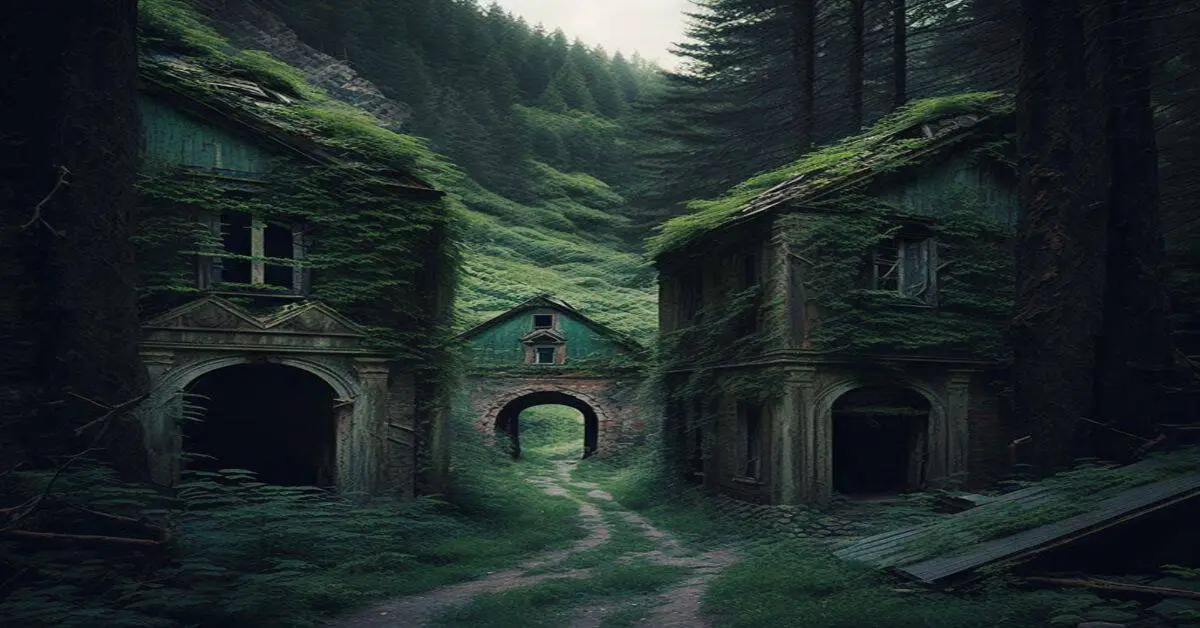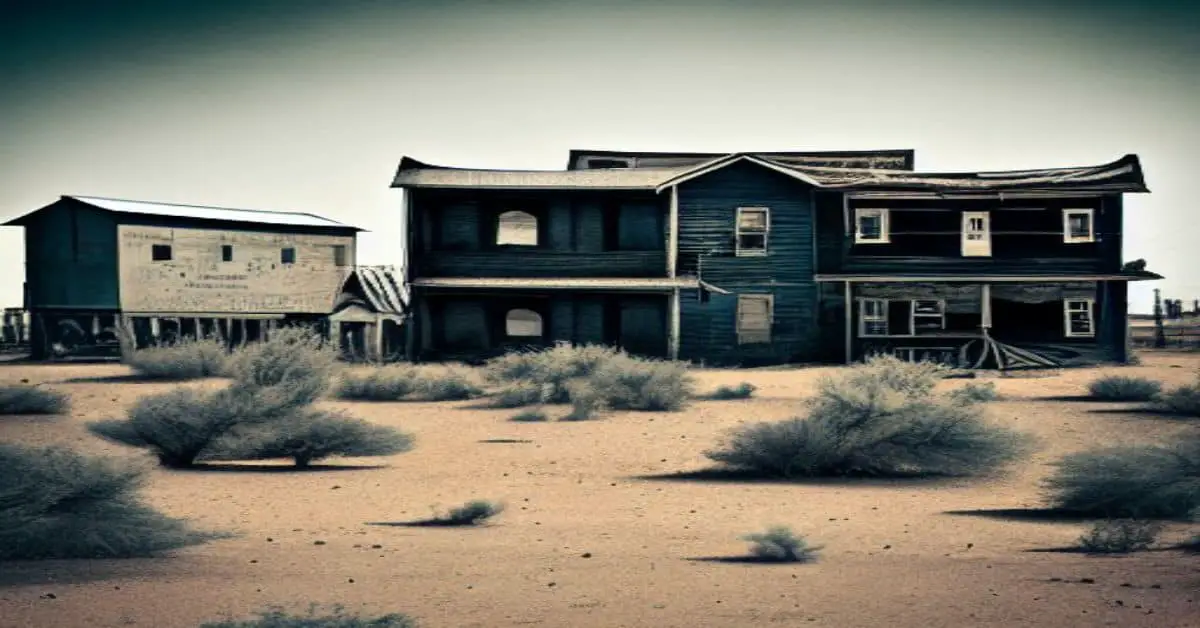The history of the American West is filled with stories of boom and bust cycles, of towns that rose from the ground only to disappear as soon as the gold or silver ran out.
Stumptown, a forgotten mining town in Colorado, is one such place. It was founded in 1879 and was home to many mines. Although the town is now a ghost town, visitors can still explore the remains of mining structures and various sheds. With a cold and snowy winter and mild summer, the best time to visit Stumptown is during the summer months.
Stumptown is an interesting case study of how a town can thrive and then disappear when the resources that sustained it run out. The town’s history is tied to the mining industry, the backbone of the American West in the 19th and early 20th centuries.
Stumptown was home to many mines, and the town’s residents likely relied on the mines for their livelihoods. Over time, however, the mines became less profitable, and the town slowly died out. Today, Stumptown is a reminder of the boom and bust cycle that characterized the history of the American West.
Key Takeaways
- Stumptown was a mining town founded in 1879 in Colorado that is now a ghost town.
- The town’s history is tied to the mining industry, the backbone of the American West in the 19th and early 20th centuries.
- Stumptown’s decline was due to the mines becoming less profitable over time, leading to the town’s slow decline.
- Despite its abandonment, preservation efforts and restoration plans are underway to maintain its historical significance, and it continues to be a popular destination for history buffs and those interested in the state’s mining past.
Location and History
Stumptown, a ghost town in Lake County, Colorado, was founded in 1879 and located east of Leadville on a hill overlooking the town. The town was a residential area with some saloons and a pool hall, and is believed to have been named after Joseph Stumpf, although he was not involved in its founding.
Stumptown was situated down the road from Finntown. The town had a 2WD road network with a grid of 5. The climate was cold and snowy during winters and mild during summers. It is best to visit the town during summers.
Stumptown was a mining town with many mines in the area. The town was established during the peak of the mining industry in Colorado, and many of the mining structures and sheds in the area attest to its mining history. Despite the town’s forgotten status, it was once home to notable figures who played a significant role in the mining industry.
While Stumptown no longer exists as a functioning town, it remains an important piece of Colorado’s mining heritage and a fascinating destination for history enthusiasts.
Infrastructure and Remains
The infrastructure and remains of Stumptown, Colorado paint a vivid picture of the town’s former glory days. Abandoned structures, including mining artifacts and various sheds, litter the area, serving as a reminder of the bustling mining town that once thrived there.
Walking through the town, visitors can observe the remnants of a once-residential area, complete with saloons and a pool hall. The town’s grid layout, consisting of five blocks, is still visible, and the roads leading through the town are accessible by 2WD vehicles.
Despite the town’s abandonment, preservation efforts and restoration plans are underway to maintain its historical significance. Many mining structures remain standing, and their preservation is a testament to the town’s mining past.
The sheds and other structures scattered throughout the town are also being restored to their former glory, and visitors can observe the restoration efforts firsthand. As a result, Stumptown, Colorado continues to be a popular destination for history buffs and those interested in the state’s mining past.
Exploring Stumptown Today
Visitors can explore the remaining infrastructure and historical artifacts of a former residential and mining community in Lake County, Colorado. Stumptown is a ghost town founded in 1879 and was once home to several residential buildings, saloons, and a pool hall. While the town is no longer inhabited, visitors can still see the remains of mining structures and various sheds that the town’s inhabitants once used. The area is also home to several hiking trails that offer a unique opportunity to explore the ghost town and its surroundings.
In addition to the physical remains of the town, many local legends surround Stumptown. One of the most well-known legends is that the town was named after Joseph Stumpf, who was believed to have been involved in the town’s founding. However, recent research has shown that Stumpf was not involved in the founding of the town. Despite this, the legend continues to be a part of the town’s history and lore.
Visitors can learn more about these local legends and the town’s history by visiting the many museums and historical sites in the area.
Frequently Asked Questions
What led to the decline of Stumptown and caused it to become a ghost town?
Stumptown’s decline may be attributed to various factors, including environmental damage caused by mining practices and the depletion of profitable ore deposits. Additionally, the town lacked adequate infrastructure and amenities, and residents faced difficult living conditions and social challenges.
Were there any notable events or incidents that occurred in Stumptown during its time as a mining town?
Labor disputes were common in Stumptown, with one of the largest strikes occurring in 1880. Notable figures included mine owner Horace Tabor and his wife, Baby Doe, who lived in the area and were prominent in Colorado’s mining history.
What types of minerals were mined in the area surrounding Stumptown, and were there any particularly successful mines in the town itself?
Common minerals mined surrounding Stumptown included gold, silver, lead, and zinc. While there were many mines in the area, it is unclear if any were particularly successful in the town itself. The role of women in mining in Stumptown is unknown.
Are there any legends or folklore associated with Stumptown, or any notable figures who lived there during its heyday?
What legends or notable figures have been associated with Stumptown? Little is known about any specific legends or personalities associated with the town. However, the culture and impact of mining on the area is evident through the numerous abandoned mining structures.
What efforts, if any, have been made to preserve the remaining structures and history of Stumptown?
Preservation efforts for Stumptown’s remaining structures and historical significance have been minimal. The residential town, founded in 1879, was a hub for mining structures and various sheds. Despite being a ghost town, the area is still rich in mining history.


